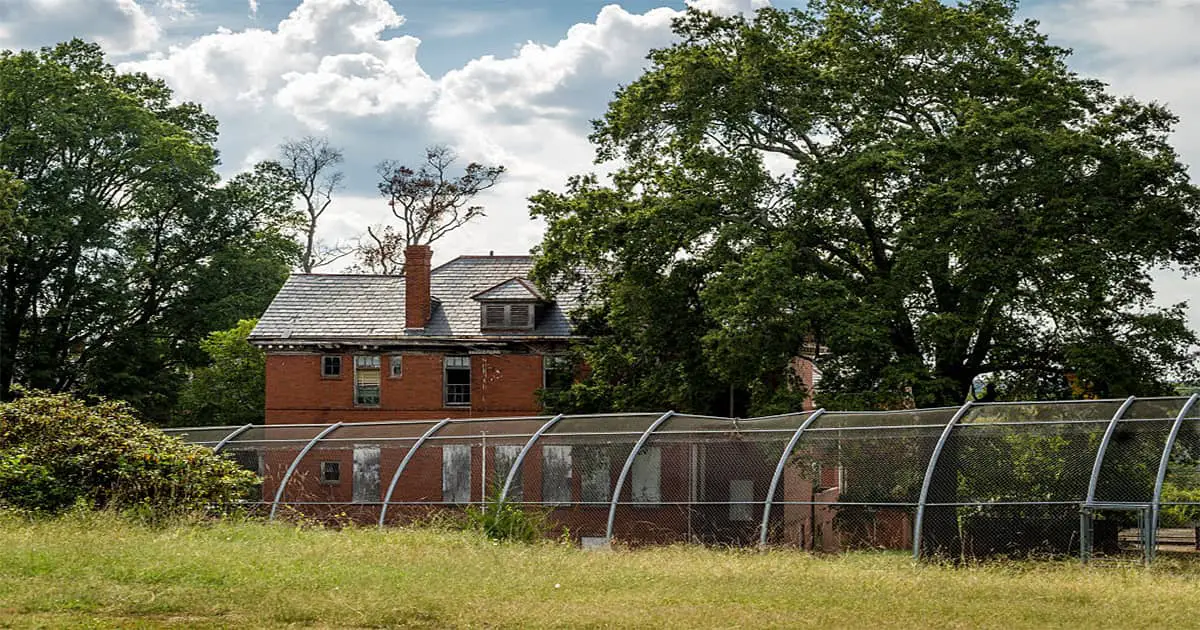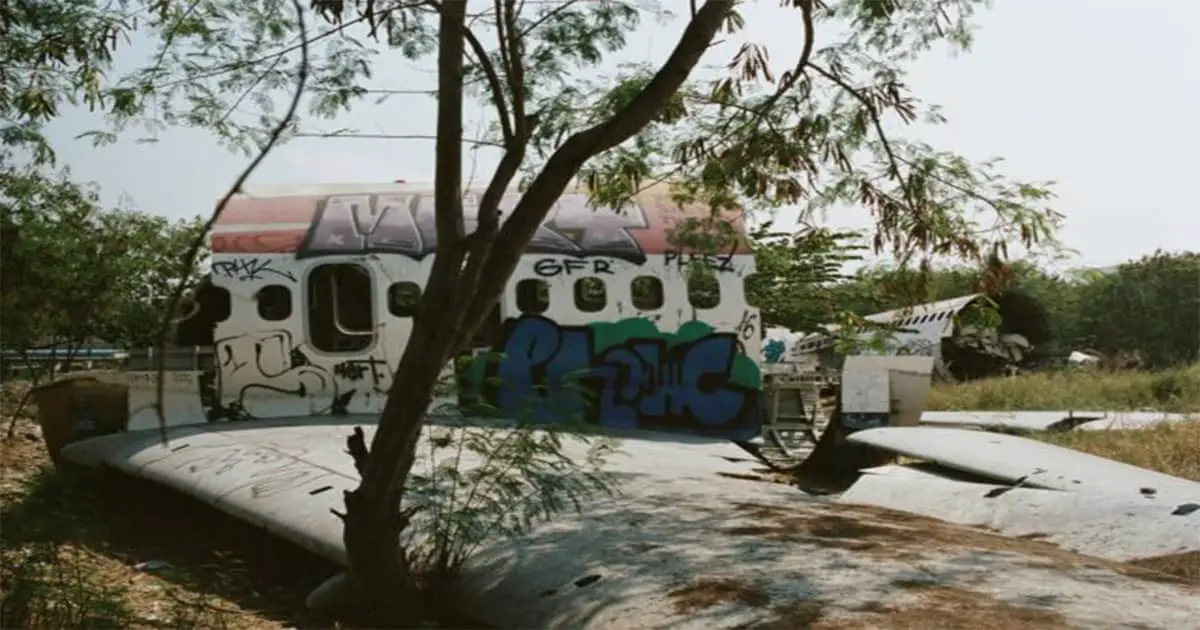Location: Ciudad Juarez, Mexico
It’s difficult to drive through Juarez without thinking about the thousands of women who perished there, cases that are still unsolved.
Although not completely abandoned, the Mexican City of Juarez is, also known as Ciudad Juarez, has been destroyed by a bloody battle against drugs waged by rival cartels. The city, located close to the US border, as well as El Paso, the city in El Paso in Texas, has grown at an astonishing pace over the past two decades.
While not strictly abandoned, the city of Juarez or Ciudad Juarez in Mexico has been torn apart by a brutal drug war that has raged between rival cartels.
Located near the USA border and the town of El Paso in Texas, the city has been growing at an incredible rate over the past two decades however large areas of the city have been abandoned as they were too dangerous for people to live in.
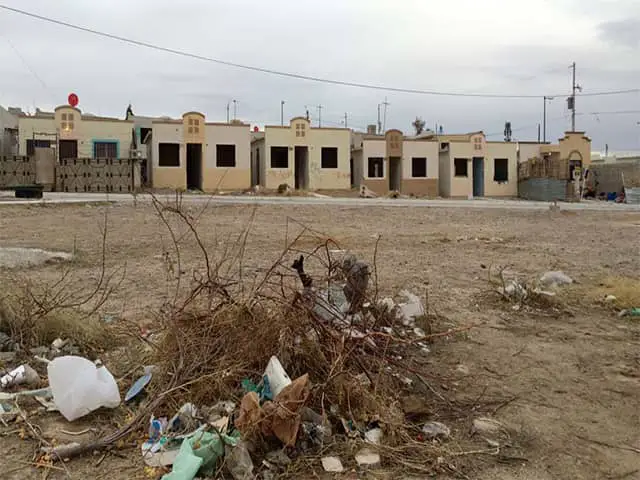
However, significant areas of the city were taken over because they were considered unsafe for the public to reside in. In the past, the Mexican government has employed force to take down on cartels, but the problem remains.
In 1659, the Franciscan Friar Garca de San Francisco established Ciudad Juarez as El Paso del Norte (The North Pass). He was looking for ways to escape from Southern Mountains. The Franciscans forged the community which grew in importance as trade moved across it, between Santa Fe and Chihuahua. The first bridge that crossed the Rio Grande was built in the latter part of the 1800s.
The city was initially named El Paso del Norte, and the area around was populated by indigenous people. Missions too were built in the vicinity and the population increased to 5,000 by 1750.
Follow us on Pinterest for more Abandoned contents
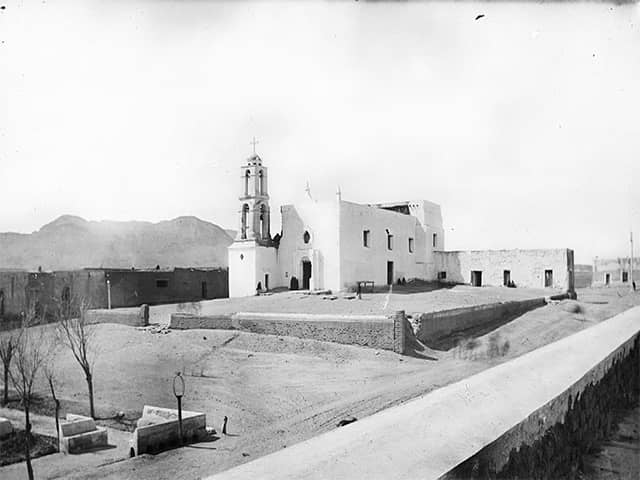
The Treaty of Guadalupe Hidalgo, that was signed in 1848, set up in 1848 the Rio Grande as Mexico’s and the United States’ border. The river’s northern border the cities in Ysleta, Socorro, and San Elzeario became part of Texas. They eventually merged and became what’s referred to by the name of El Paso.
President of Mexico Benito Juarez imposed a two-year moratorium on payment of interest in 1861 to French, British, and Spanish lenders in 1861. In the end, with the help by the other European powerhouses, Napoleon III of Paris entered Mexico.
We are on Facebook! Follow Us: Abandoned Beauty
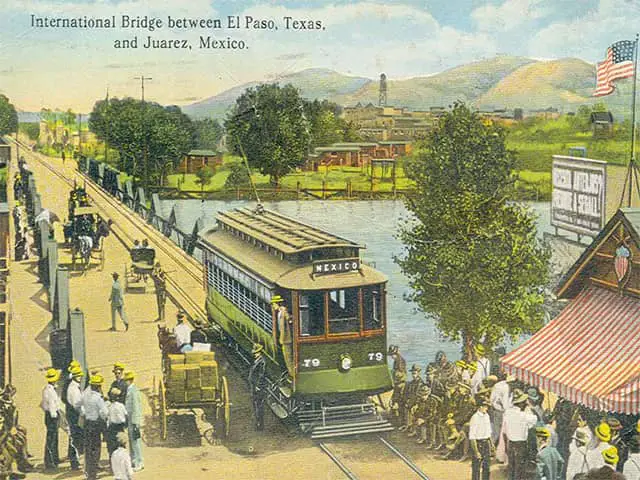
The republican army, led by Juarez and his comrades, came to an end at El Paso del Norte and established Juarez’s exiled government in Chihuahua. In 1867, Europeans had been exiled out of Mexico and, by 1888 El Paso del Norte was changed to Ciudad Juarez in honor of Benito Juarez.
The Mexican National capital Rail line was inaugurated in 1882 and, consequently the city’s population grew quickly. President Porfirio Daz enacted a free-trade policy in Mexico and the service and retail sectors in Juarez gained significant advantages.
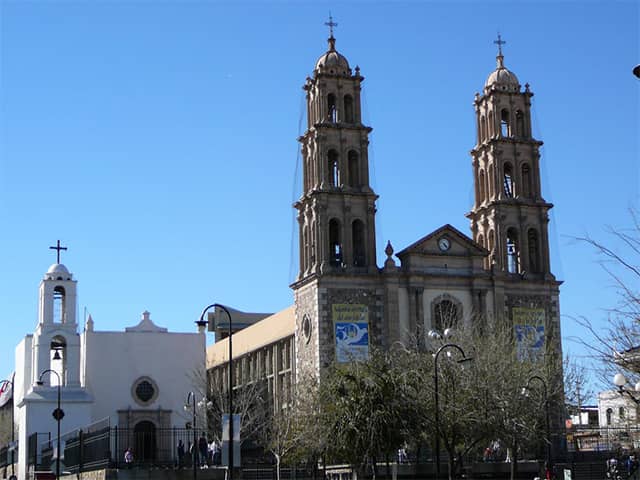
With stunning parks throughout the city, and modern eateries and bars that cater to the increasing international railway traffic, the city was a model initiative for Daz.
In 1910 the city had exploded to become Mexico’s most populous border town. In the Mexican Revolution, it was particularly important for strategic reasons and, in May 1911, a total of 3,000 revolutionaries led by Francisco Madero laid siege to Ciudad Juarez.
In the same way, capturing this crucial border town at a very early stage was crucial to the revolution as it enabled revolutionaries to bring supplies and weapons into El Paso. The city was the scene of numerous fights during the war, and in the years between 1914 to 1917 a large portion of the populace left Ciudad Juarez.
Gambling, tourism and light manufacturing fueled the city’s growth following the Revolution was over in the 1920s. The cathedral was built in the 1950s as part an effort to beautify and enhance the city. In 1970, the city’s number of people living there had increased to 400,000.
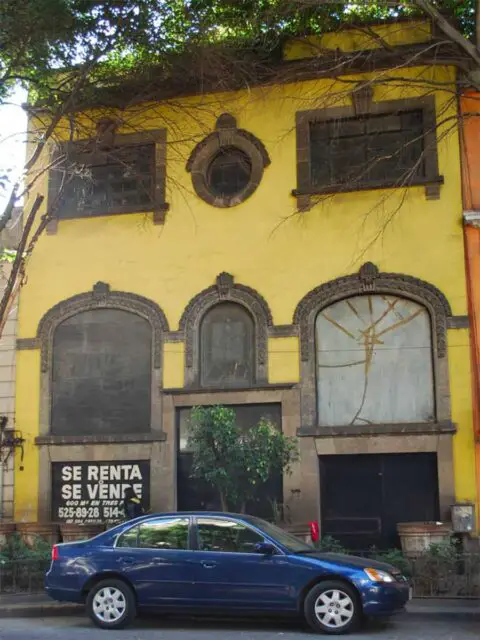
Since since then, the city has gained a reputation as a major trafficking center. The notorious Juarez Cartel was established in 1970 and was ready to be responsible for smuggling huge quantities in illegal substances into and out of the United States through the city.
The result was that violence escalated and crime in Juarez became out of control in the course of time. In the late 2000s there was a turf war between Joaqun “El Chapo” Guzman Loera’s Sinaloa Cartel resulted in countless deaths throughout Chihuahua. Chihuahua. The state was the most murder-prone state worldwide in 2010with over 3,100 killed that year.
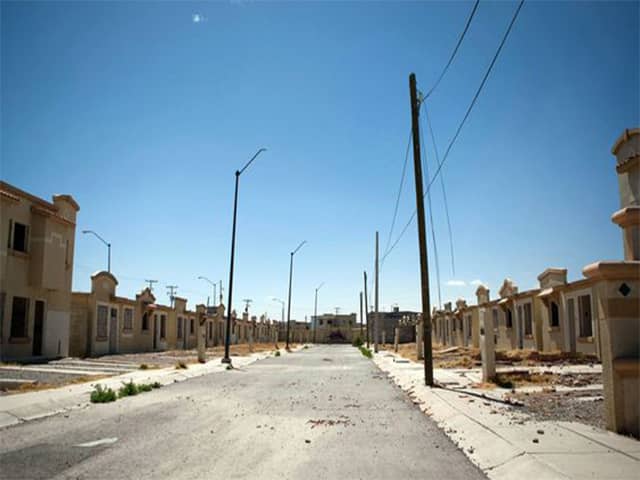
In the wake of the violence, a lot of people started to flee Ciudad Juarez. Many neighborhoods were left abandoned as the people fled in fear. Many of the society’s wealthy and middle-class moved elsewhere to be safe. Many homes were closed and abandoned.
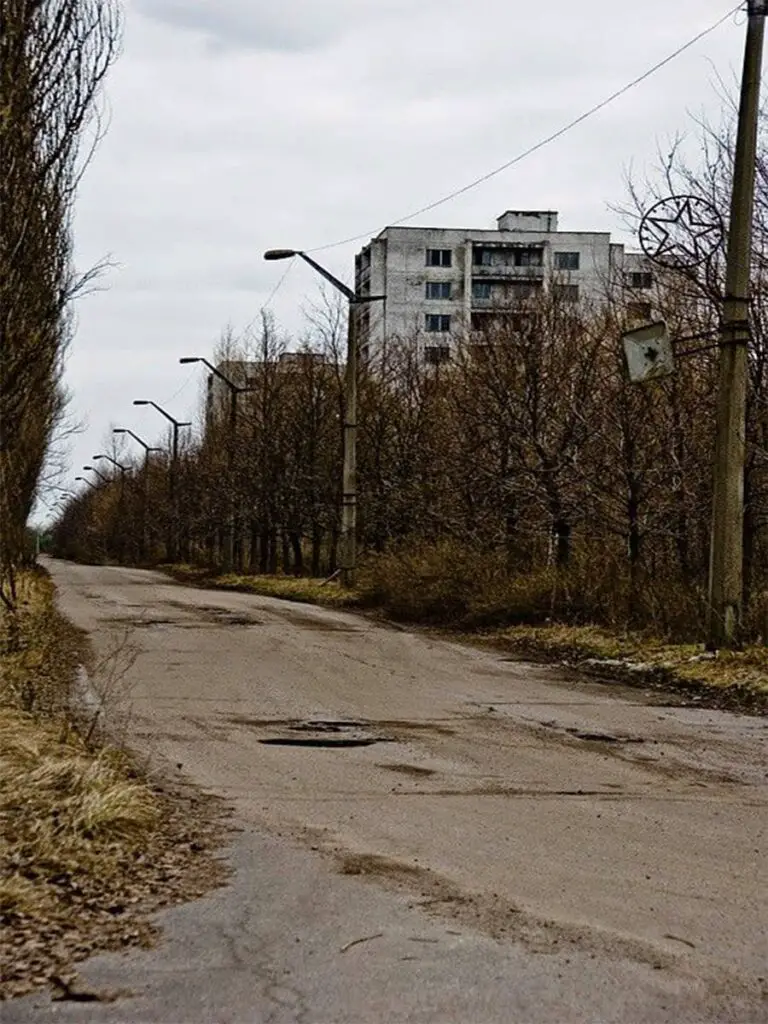
The Mexican army began patrolling the city at the end of 2010, in order to stop criminality. Federal, state and local authorities worked together to enhance the living conditions in the year 2015, when the murder rate had fallen to 300.
It’s ten times lower than the rate it was five years before. There was speculation that this was due to Sinaloa’s triumph over opponents.
In the past, attempts have been put into rebranding the city and to entice visitors to come back. Some of the businesses that were closed are now open as well as a tourism program is being launched in goal of attracting visitors from across Mexico as well as over the Mexican border and further.
Read another Article from us: Abandoned Places in Illinois

